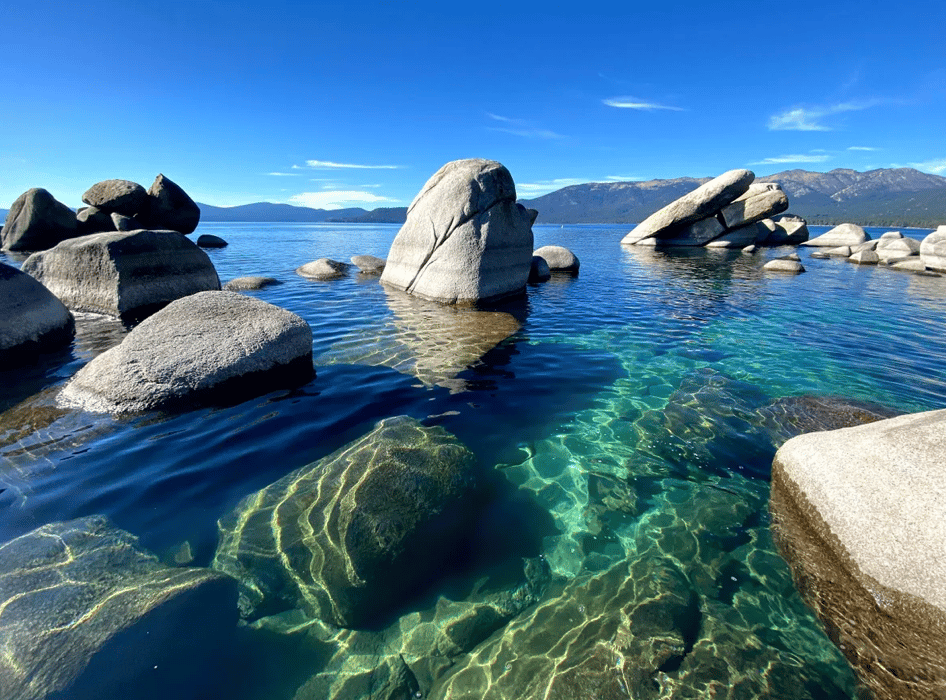
Welcome to another edition of the Neural Net…
It’s Friday, spring is officially here, and ChatGPT just offered to help wrap up the week. Little does it know our week ended when March Madness tipped off!
Can AI Crack the March Madness Code?

Any high-stakes game gives AI a chance to shine and take center stage in popular culture. And right now, it’s all about the NCAA March Madness. This year, there's some real money riding on AI’s predictions.
AI entrepreneur Alan Levy is putting his money where his algorithm is—$1 million, to be exact. His platform, 4C Predictions, claims to have built a machine-learning model that can outsmart legendary sports gambler Sean Perry. Levy is betting that his AI-powered bracket will outperform Perry’s years of experience and gut instinct.
The AI Playbook: Moneyball 2.0?
Levy likens AI to an upgraded version of “Moneyball”—but for your bracket. Just as Billy Beane used analytics to build a winning team with the Oakland A’s, Levy believes AI can sift through mountains of data to spot hidden patterns and improve predictions. It won’t guarantee a perfect outcome, but it will give bettors a sharper edge.
After all, the best implementations of AI don’t produce a black or white “yes” or “no” output—they generate probabilities of an outcome occurring, giving you better understanding of risk. And when you can make smarter bets based on those probabilities, you’ve already won.
Levy envisions AI as the ultimate equalizer, helping the average Joe compete in arenas they’ve never stood a chance in—whether that’s sports betting or stock picking.
So, Who’s Winning It All?
Levy’s AI is all-in on Houston; Perry’s experience has him betting on Duke.
For what it’s worth, our machine-learning-powered bracket also picked Duke. Coincidence? Maybe. Data-driven destiny? We’ll see.
Unanimous AI, another AI company, is also predicting Duke, which makes things extra interesting! They’ve got a strong track record—recently accurately predicting 14 of 16 Oscar winners and even calling the Eagles’ 2025 Super Bowl win.
AI Might Help but the Madness Always Wins
March Madness is pure chaos, and the odds of a perfect bracket are laughably small—1 in 9.2 quintillion if you know nothing about basketball, and 1 in 120.2 billion if you do. For perspective, you’re more likely to win the Powerball jackpot than fill out a perfect bracket.
So, whether you use AI or gut instinct, you’re going to make some great picks—and some bad ones. Either way, we’re here for the madness and are keeping a close eye on how these AI predictions play out. 🏀🔥
Heard in the Server Room
Apple’s AI leadership played musical chairs and has a new winner, with Vision Pro wizard Mike Rockwell replacing John Giannandrea as the Siri czar. The shuffle comes after Apple executives grew frustrated with key AI upgrades to Siri slipping to 2026. With Rockwell taking over, Apple is betting big that the guy that brought us the Vision Pro can somehow make Siri stop responding with "Here's what I found on the web" to everything you ask.
Christie's "Augmented Intelligence" auction made history and bank last month, achieving an 82% sell through rate on 34 lots and netting over $700k in sales. The auction went ahead despite 3,000+ artists protesting the use of their copyrighted works as training data. Turnabout is fair play, however, as a U.S. federal appeals court recently ruled that AI-generated art without human authorship cannot be copyrighted under current law. Looks like all artists can still claim to be tortured.
Music mogul Timbaland is vibing with AI music platform Suno, calling the technology a "divine" tool that lets anyone become a producer without knowing a G clef from a treble hook. He is currently one of the only major stars defending the use of AI in music, likening himself to T-Pain’s early adoption of autotune when others shied away. While Timbaland sees AI as democratizing the industry, other artists are hitting the dislike button, worried their creative rights might get remixed without royalties.
How to Spot AI Fakes

In a world where even your smartest friend might mistake AI-generated Putin workout videos for reality, spotting digital fakes is critical. AI-generated images and videos now flood social media, and deepfakes can shape opinions, fuel misinformation, and impact critical decisions. The quality of AI-generated images and video is constantly improving, and experts suggest approaching online visuals with playful skepticism.
Here’s your guide to catching AI creations in the wild (before they catch you):
Strange fingers and hands – for AI, thumbs are optional.
Physics-defying shadows, lighting, and movements
Irregular pupils – AI-eyes are often not perfectly round.
Awkward mouth movements or vanishing teeth
Missing natural breathing – AI doesn’t breathe; neither do its creations.
Overly perfect textures – think Instagram filters gone wild. It’s too perfect.
Repeated background people
Creating images of people who don’t exist is one thing—but AI-generated images depicting real individuals saying or doing things they never did raises new questions.
Earlier this year, Hong Kong police revealed that scammers used AI-generated avatars of colleagues in a fake video conference to trick an employee into wiring $26 million. Moral of the story: If the CEO you've never actually met suddenly FaceTimes asking for millions, maybe double-check before hitting send.
And it’s not just images either—AI-generated voices have advanced such that what used to require hours of recorded audio can now be convincingly duplicated by AI in mere seconds. Céline Dion recently cautioned fans about unauthorized AI-generated music featuring her voice, emphasizing the growing ease of replicating real voices.
To test your skills, we put together a short quiz. Can you spot the real vs. fake in these images? Answers below:

Image 1

Image 2

Image 3

Image 4

Image 5

Image 6

Image 7
All images sourced from CNET.
Answers:
Real - Lake Tahoe, Nevada
Fake - look at the lady on the right’s left hand, or the phantom fingers on the lady in the middle’s arm
Fake - without people it’s harder to tell, but if you look closely some of the garnish appears unnatural
Real - skier at Heavenly Resort, California
Fake - look at the man’s elbows
Real - Death Valley, California
Fake - the blur/out of focus aspects of the image aren’t uniform
That’s all folks! Enjoy your weekend, keep exploring, and catch you in the next edition.

